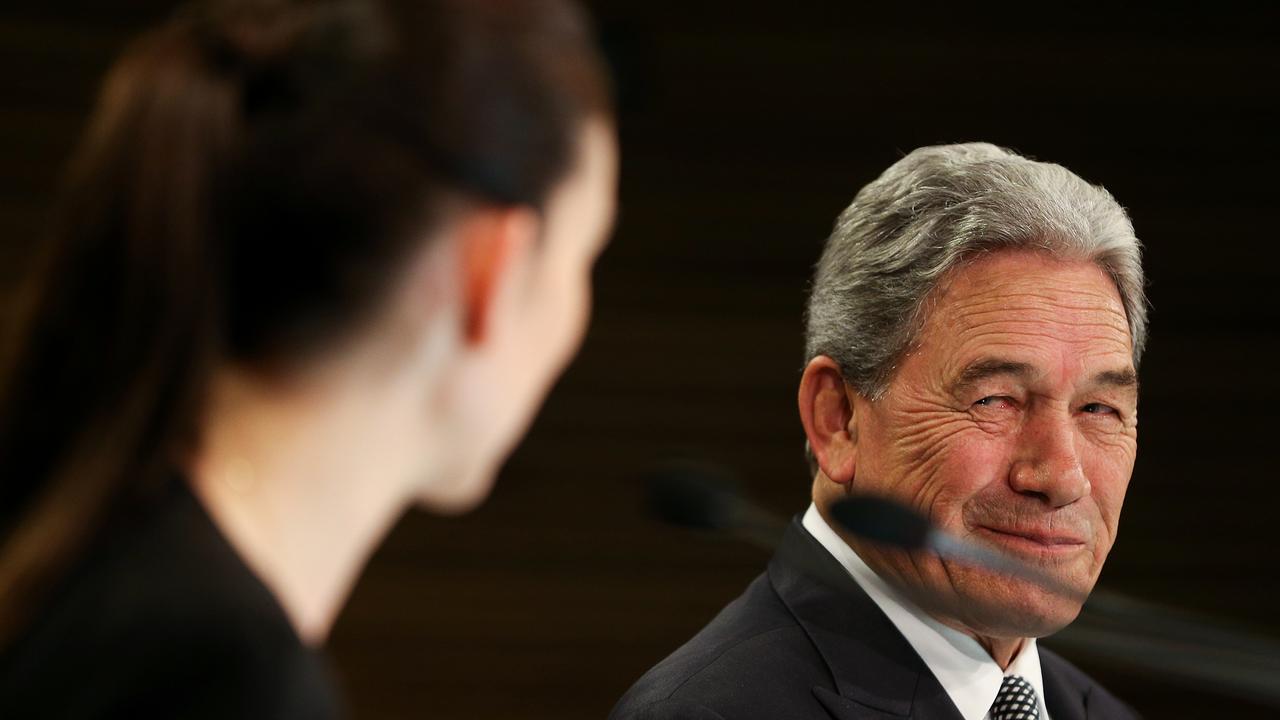Scoop! Reporter braves west to cable Herald's first despatch from Mittagong since 1938
WAS David Marr the inspiration for William Boot in Evelyn Waugh's famous novel?
Marr ventures beyond inner-west Leichhardt for yesterday's The Sydney Morning Herald:
ARMED with a tattered 1989 map and uncertain memories of the landmarks along the way, I set out for the Highlands. At Ashfield I turned left off Parramatta Road -- more correctly: The Parramatta Road -- on to Liverpool Road. Old landmarks survive. The great ugly cement tank at Bankstown still sits on its Roman arches. And the two Tudor pubs -- the Collingwood on the outskirts of Liverpool and the Camden on main street Camden -- are still in business, remnants of an age when travellers drove to the edge of Sydney to get drunk on Sundays. This place has seen better days. The ruins of the El Caballo Blanco pleasure palace also stand waiting for the bulldozers. This stretch of the old track -- cut through a once nearly impenetrable and now entirely lost forest -- is so boring it makes the prospect of arriving in Mittagong almost welcome. The horror is getting there past roadside vendors of metal brolgas and Tuscan columns to the gentry.
Veteran hack W.F. Deedes erroneously claims he, not Marr, was the real Boot of the Beast in his 2003 memoir, At War With Waugh:
AT the Army and Navy Stores in Victoria Street we found a department that specialised in kitting out those bound for the tropics. Our purchases weighed in at 600 pounds, a quarter of a ton. There were other preparations to be made: a visa to be obtained from the Abyssinian embassy in London and a large sum of money to be drawn from the newspaper's bank account. There had been touching farewells at the Morning Post office, where several colleagues made it disturbingly clear that they did not expect to see me again.
Waugh picks up the story in his 1938 novel:
WILLIAM was the centre of interest in the motor omnibus, and in his heart he felt a rising, wholly pleasurable excitement. His new possessions creaked and rattled on the roof, canoe against astrolabe, humidor against ant-proof clothes box; the cleft sticks lay in a bundle on the opposite seat; the gardens of South London sped past. William sat in a happy stupor. He had never wanted to go to Ishmaelia, or, for that matter, to any foreign country. But he had hidden the remote and secret ambition of 15 years or more. He did so deeply long to go up in an aeroplane. His luggage, which followed in a taxi in a small pantechnicon, made him a prominent figure at the office of the Air Line. "It will cost you one hundred and three pounds supplement on your ticket," they said, after it had all been weighed. "Not me," said William cheerfully, producing his travellers' cheques. They telephoned to Croydon and ordered another aeroplane.
Splash! The Queensland floods finally hit the SMH's front page yesterday:
THE impact of the Queensland floods, fast extending to NSW, is expected to ravage the Australian economy this year by hitting growth and driving up inflation. With the Queensland Premier, Anna Bligh, putting the cost of the damage at $5 billion, economists expect flood-induced price rises to increase pressure on interest rates.
Andrew Fraser and David Uren on page one of The Australian, December 29:
THE devastating floods across the eastern states will strip up to $6 billion from the national economy, with growth now likely to fall well short of the Treasury's latest forecasts.
Ruined crops and water-logged mines are expected to depress export volumes over the next three months. Although a recovery in exports is expected later next year, economists warned that the flooding was likely to push up food prices, thus increasing inflation.
Anyway, the government was warned. Incoming government brief -- Strategic Brief, The Climate Change and Energy Efficiency Portfolio, September 2010:
CLIMATE models project that reduced rainfall is likely over most of Australia in the future.
cutpaste@theaustralian.com.au


